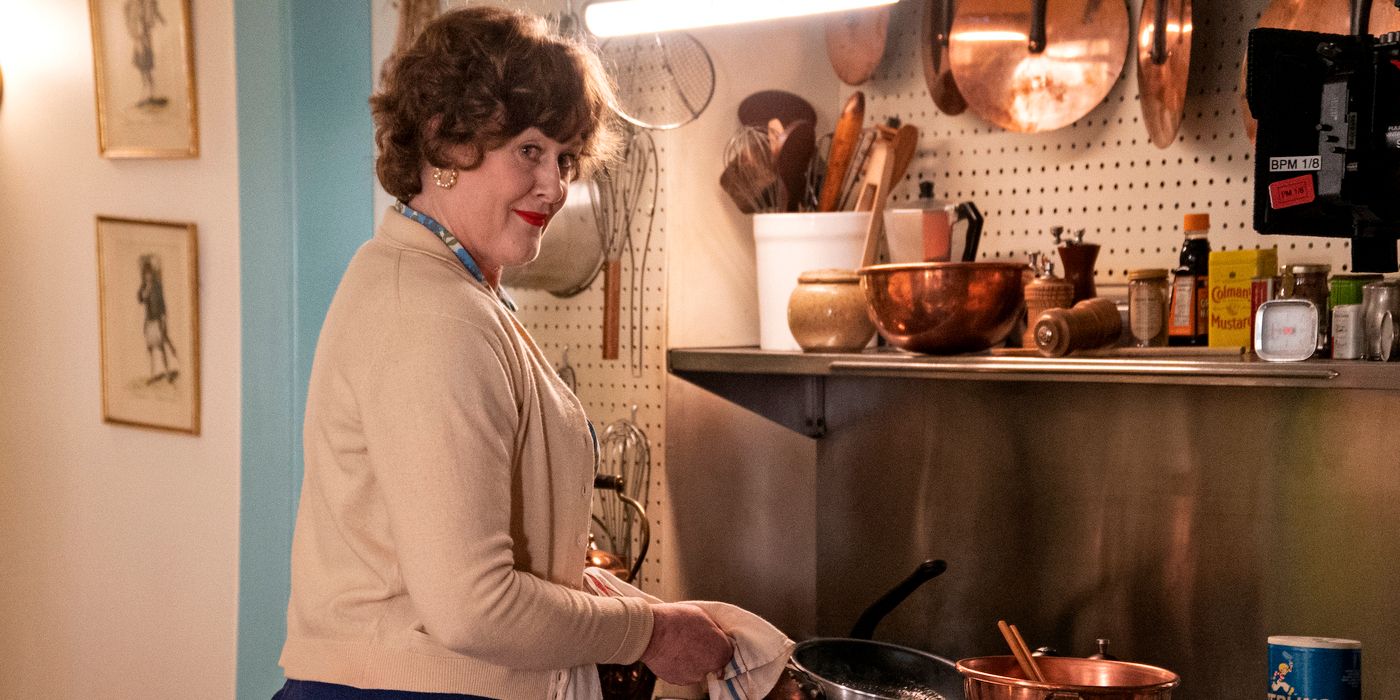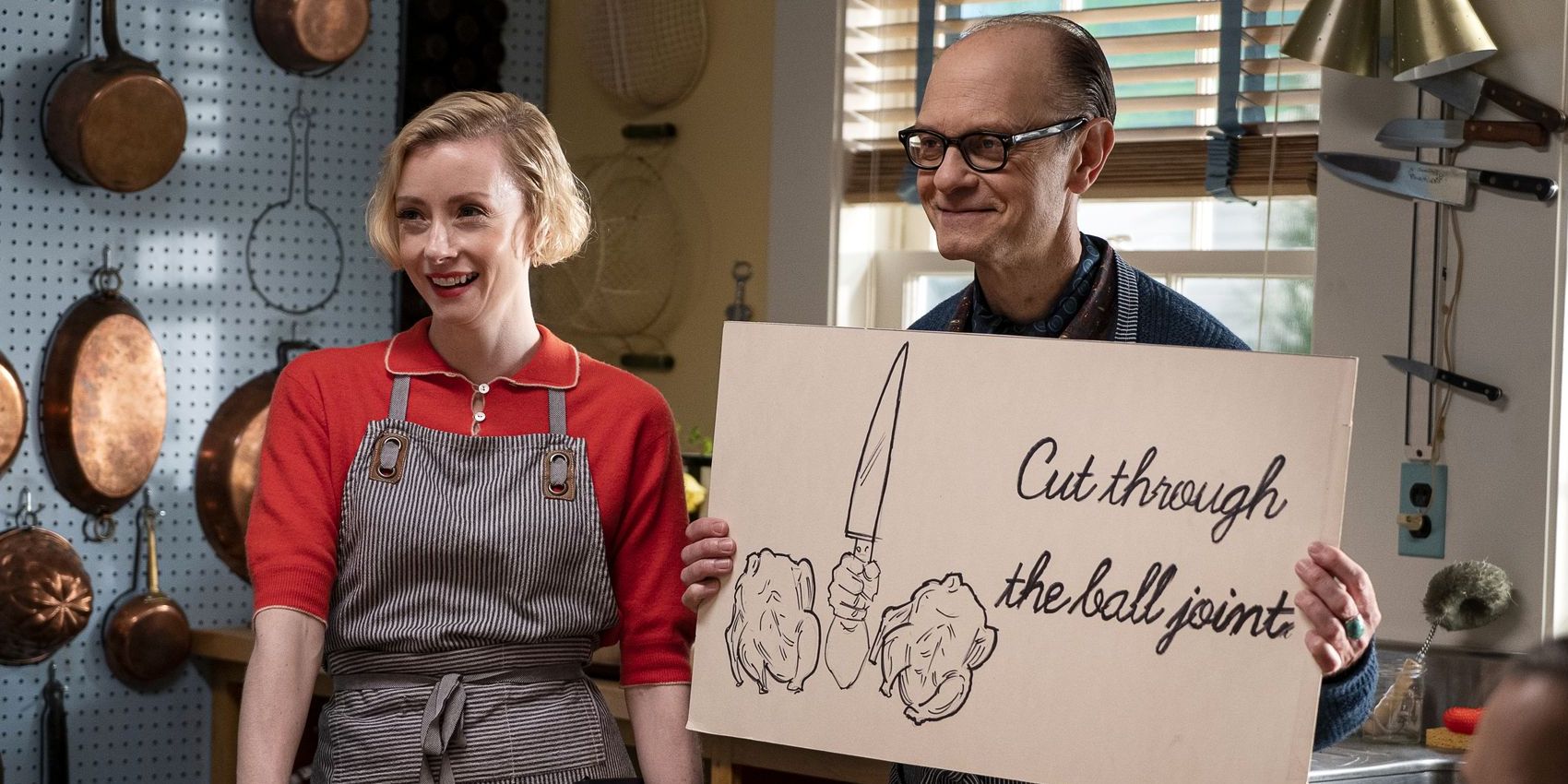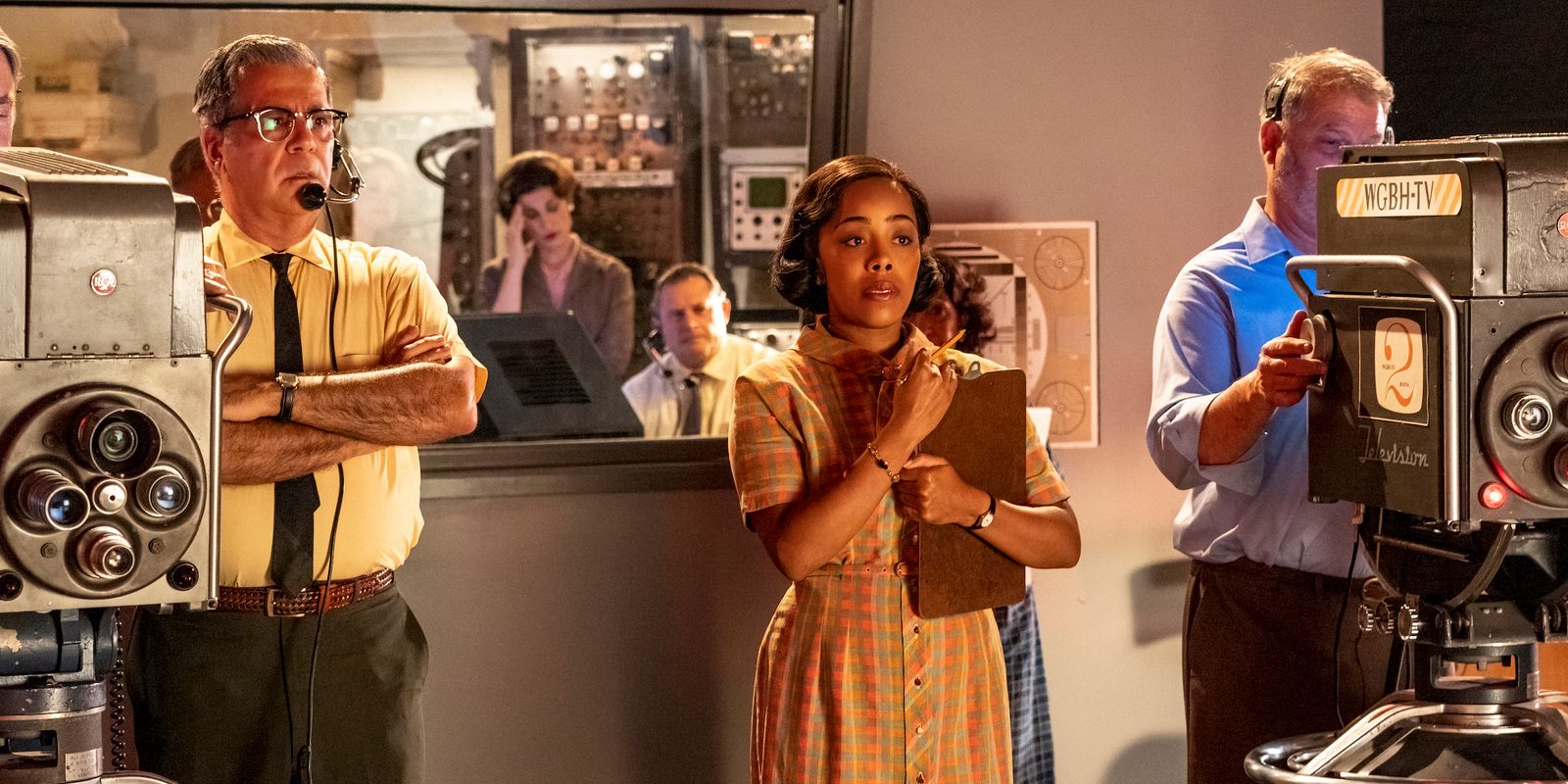Editor’s note: The below contains spoilers for Season 2 of Julia.
The Big Picture
- Julia is a biographical drama that explores the life of TV personality and chef Julia Child, but not everything in the story is true.
- The show takes creative liberties with the facts, emphasizing Julia Child’s focus on feminism, but this is not strictly accurate.
- Some characters are based on real people, such as Julia’s husband, Paul, and co-author, Simone Beck, while others are fictional characters created for the series, like Alice Naman.
Max’s Julia explores the life of TV personality and chef Julia Child (Sarah Lancashire) as she begins her television career. But as with any content referring to itself as a “biographical drama,” not everything is true. The show follows Julia and her team as they turn a cookbook into a TV show and gain popularity for their efforts despite the constant doubt of the studio. While Julia Child’s first show, The French Chef, was a surprise hit, the show does portray a fictionalized version of success. During her many years in the spotlight, Julia Child taught the world how to cook, but not everything in her personal life is public knowledge. What people saw was the persona she developed, meaning how she lived is anyone’s guess.
By necessity, the show takes liberties with the facts. Julia is made for a modern audience, so it pushes the feminist aspect of Julia being so successful in a male-dominated industry and surrounds her with equally ambitious women. This is great for the show but not strictly accurate. Yet the story of how her first cooking show came to be is taken largely from fact, if an embellished version of it. Like Julia herself, many of Julia‘s characters existed in reality. Paul Child (David Hyde Pierce), Simone Beck (Isabella Rossellini), and Judith Jones (Fiona Glascott) were all based on real people with the same names. But others were created for the show, the best example being Alice Naman (Brittany Bradford). Though not strictly accurate, the series rarely contradicts history, which is about as close as they can get with so many unknowns.
Julia Is Much Like Her Historical Counterpart
The show centers around Julia Child, whose story follows a bullet-point version of the historical figure. Child was an American chef, one of the writers of Mastering the Art of French Cooking, and the original cooking show host appearing in The French Chef, Cooking with Master Chefs: Hosted by Julia Child, Baking with Julia, and many others. Known for making French cooking accessible to the American public, Julia Child had a significant impact on society. Julia married Paul Child and moved to France, where she learned to cook at Le Cordon Bleu cooking school. But the series takes place after that, showing the beginning of her television career. Much like the series details, she was instrumental in creating The French Chef and the food TV genre as a whole. But the show does make some changes.
For one thing, though she appeared on screen for years, her personal conversations, opinions, and emotions are not public knowledge. Julia fills in events with reactions that make a good story because there is no other way. More noticeably, she was not a vocal feminist. Near the end of Season 1, Julia hesitates in her path when Betty Friedan (Tracee Chimo Pallero), author of The Feminine Mystique, tells her she is making the problem worse for women, who now never leave the kitchen. While this interaction is possible based on when these women were active, there’s no evidence Friedan and Child ever spoke. Nor is there any proof that Julia Child was an active feminist as the show portrays. However, it’s easy to imagine such a successful woman wanting other women to have the same opportunity. And Julia wrote in her autobiography, My Life In France, that she and her husband were “devoted Democrats.” Certainly, she could have been a fervent believer in empowering women, but that is all guesswork. Overall, Julia’s changes to the title character are minimal, but that’s not true of the overall show.
‘Julia’ Has Several Real Characters
Julia Child is not the only historical figure to appear in the series. The show surrounds Julia with a supportive team, including her husband, Paul, her co-author, Simone Beck, and her editor, Judith Jones. Each of these people existed in reality to help Julia Child. First, Paul, her husband, inspired her to learn French cuisine and supported her career. Much like Julia herself, everything seen about Paul is accurate in that it doesn’t actively contradict anything known about the real figure. While some of his characterization is guesswork by necessity, the series shows Paul to be a supportive and loving husband, which, by all accounts, is the truth. In her autobiography, Julia describes their equal partnership. They moved around Europe for his work, but when he retired, Julia began her television career, and Paul was there to help with mics and suggest camera angles. As shown in Season 2, Paul had some run-ins with the infamous Red Scare that was so widespread at the time. Paul’s portrayal seems fairly accurate in this adaptation, and he’s not alone.
Another character based on a real person is Simone Beck, who is the co-author of Mastering the Art of French Cooking. The show portrays her and Julia’s friendship while they simultaneously clash about what to put in their book. Simone dislikes simplifying the dishes, while Julia aims to make them marketable to Americans, which sometimes requires drastic changes. While their dynamic isn’t clear, these two were partners, along with Louisette Bertholle, who does not appear in the show. After Mastering the Art of French Cooking, Simone and Julia teamed up again to write a second volume, as seen in Julia Season 2, though there were nine years between the books. This relationship was important for Julia as her career took off with their shared cookbook, so it is fitting for the show to include Simone.
Yet, one historical character has far more to her story than a connection with Julia Child. Judith Jones was the editor of Mastering the Art of French Cooking, but she is better remembered as the editor who found Anne Frank’s The Diary of a Young Girl in a publisher’s reject pile and fought for it. Without Jones, the story of Anne Frank’s experience wouldn’t have been translated into English. This act got the attention of the publishing company’s co-founder, Blanche Knopf, and kicked off her career. Later, she championed Julia Child’s book, even giving it the title. Judith and Julia certainly worked closely together, as the series portrays, but of course, Julia had to define their relationship exactly, which is no easy task. Though some creative license must be taken, the show has so carefully aligned itself with the facts of these people’s lives, proving the creators’ dedication. Yet, not everything in the show is so loyal to reality.
‘Julia’ Ventures Into Fiction With Alice Naman’s Story
The most crucial part of the series that heavily relies on a made-up story is Alice Naman’s inclusion. The show highlights Alice as the only woman producer at WGBH, who makes strides in her career as she works on The French Chef. She is also the station’s only black producer, giving her twice the prejudices to face. While Alice is an important character in the series, providing a different point of view than the others, she didn’t exist in real life, though she is loosely based on Ruth Lockwood, who served as an assistant producer on The French Chef. Though Lockwood was a part of Julia’s team, there are significant differences between her and Alice, the most obvious being that Lockwood was white. But the show points to this connection by giving Alice the middle name Ruth.
Ruth Lockwood is not the only inspiration for Alice’s story. The show’s executive producers, Daniel Goldfarb and Christopher Keyser, researched The French Chef before making the show, learning that WGBH had several Black employees, leading them to create Alice to explore a wider range of characters. In the 1960s, racism was a reality, and the show doesn’t attempt to hide it. As Julia confronts the sexism and agism at WGBH, Alice faces a different kind of prejudice, allowing their stories to have parallels while focusing on different issues. While Alice herself is not accurate, her experiences in the show represent many people who dealt with similar situations. Julia certainly takes liberties occasionally, deciding how characters interact and embellishing the truth for a better, more well-rounded story, but the heart of Julia Child’s journey is recognizable. Rarely does the series attempt to rewrite history, though a change here and there, each has a purpose, which is as close to accuracy as can be expected from a series that doesn’t attempt to be a documentary.
New episodes of Julia Season 2 Thursdays premiere on Max.
Denial of responsibility! TechCodex is an automatic aggregator of the all world’s media. In each content, the hyperlink to the primary source is specified. All trademarks belong to their rightful owners, and all materials to their authors. For any complaint, please reach us at – [email protected]. We will take necessary action within 24 hours.
Khushi Patel is a science fiction author who lives in Austin, Texas. She has published three novels, and her work has been praised for its originality and imagination. Khushi is a graduate of Rice University, and she has worked as a software engineer. She is a member of the Science Fiction Writers of America, and her books have been nominated for several awards.




